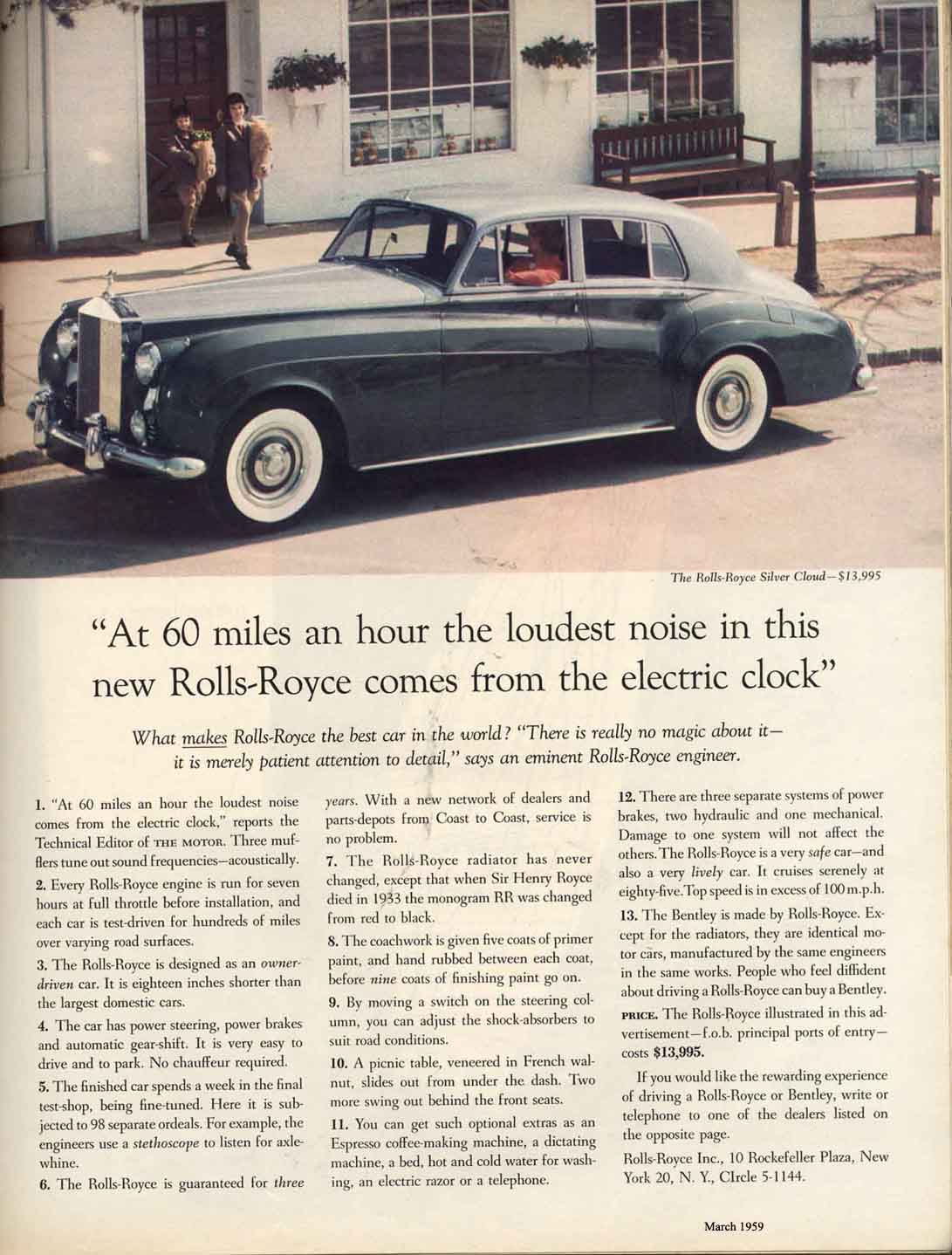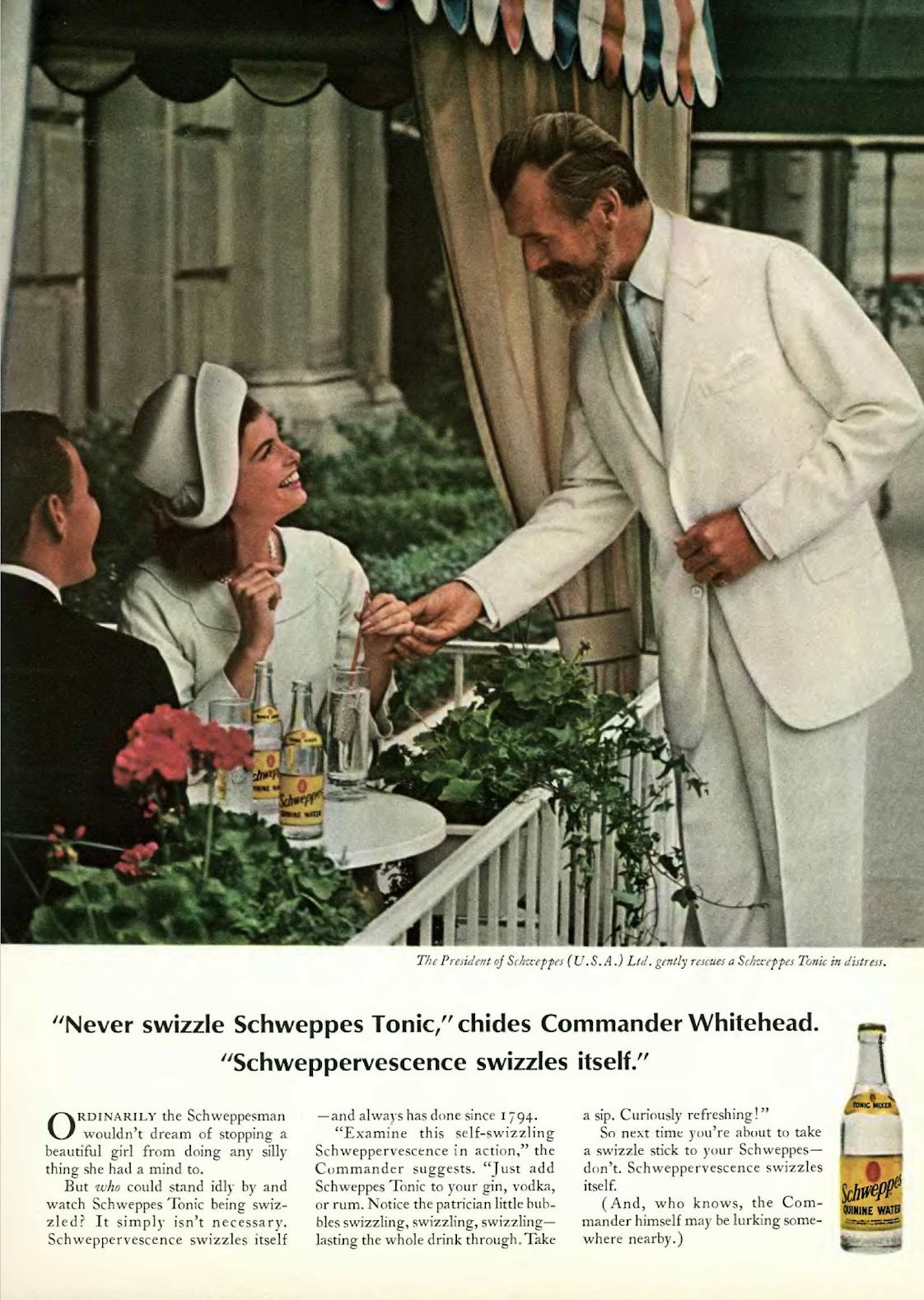
David Ogilvy: UX From the Ad Age to the Digital Age
I have been in the ad biz for about 20 years and never read Ogilvy on Advertising. I recently finished it, and it struck me how much of his approach is anchored in user experience design principles.
Ads should have a purpose.

“A good advertisement is one which sells the product without drawing attention to itself.”
David Ogilvy was passionate about having communication that provided real information to someone. From his famous Rolls Royce print ads to his campaign for Puerto Rico, he was adamant about providing something new and informative to the reader. (Click on the images to read their informative copy.)

Research is critical.
“Advertising people who ignore research are as dangerous as generals who ignore decodes of enemy signals.”
How can someone fully empathize with a user without research? Ogilvy was interested in pragmatic, actionable research. He wanted to know enough to garner a perspective for advertising that would successfully resonate with the consumer.
This approach was anchored in healthy skepticism for traditional researchers, as well as curiosity about what people really wanted and were thinking. He went so far as to outline nine things he did not like about the research community of his time.
- Take too long to answer a few simple questions: “they are natural slowpokes”
- Cannot agree on methodology
- Are too interested in sociology and economics, not advertising [Note: this is specific to Ogilvy's field]
- Have little or no system for retrieving research which has already been conducted
- Are too faddish; some techniques are useful, but still go out of fashion
- Use graphs that are incomprehensible to laymen
- Refuse to undertake projects which they consider imperfect, even when the project would produce actionable results. Quoting Winston Churchill; “PERFECTIONISM is spelled PARALYSIS”
- Lack initiative i.e. only do what they are asked for
- Use pretentious jargon
These principles can be and should be successfully applied to the agile technology world of today. Testing and learning and continuous improvement are the approaches to creating engaging user experiences that produce business results.
Readability cannot be compromised.
“I do not regard advertising as entertainment or as an art form, but as a medium of information.”
A fanatic about details, everything was focused on the information. Ogilvy would not tolerate reversed out type. He felt that it was not legible and would lose the reader.
Back to 2013, legibility and organization of information can make or break conversion on a website. Unclear direction and cumbersome forms will cause high abandonment rates.

Uncompromising discipline to implement a thoughtful experience
“The best of all ways to beat P&G is, of course, to market a better product.”
An entire chapter is devoted to Procter & Gamble’s marketing discipline. His respect for their marketing acumen was anchored by their focus and commitment to creating a better product. The core of their marketing was the product itself. The times are long gone where great promotion can outsell a quality product. Quick access to information requires successful marketers to create great products to succeed.
I can’t help but think that if Ogilvy was around today he would have a chapter about Apple and their fanatical discipline. It starts with product design and resonates through the Apple experience, from iTunes to the Genius Bar. Everything consistently reinforces the brand.
Laura on Ogilvy on Advertising
What I am most amazed about is that we continue to create new business processes and vocabulary around “new” principles. These “new” concepts are attempts to reinvent the wheel. It would be most efficient to spend time being more disciplined about solving the challenges at hand. Answering tough questions accomplishes more than creating new names for existing tools.
Ogilvy’s approach to advertising and marketing with a user focus has stood the test of time. This approach can help you create something that can last, too.
There is no silver bullet, no social media magic, or algorithmic formula that will save your business, product or service. Time tested marketing discipline, when applied correctly will fuel, reinvigorate and grow your business but only when the appropriate level of time, money and thinking is applied.
[Editor's note: The images used in this post are owned by their respective company. Also, there is a great post by Fast Company that reviews Ogilvy's 11 principles for successful marketing campaigns through the lens of UX.]



